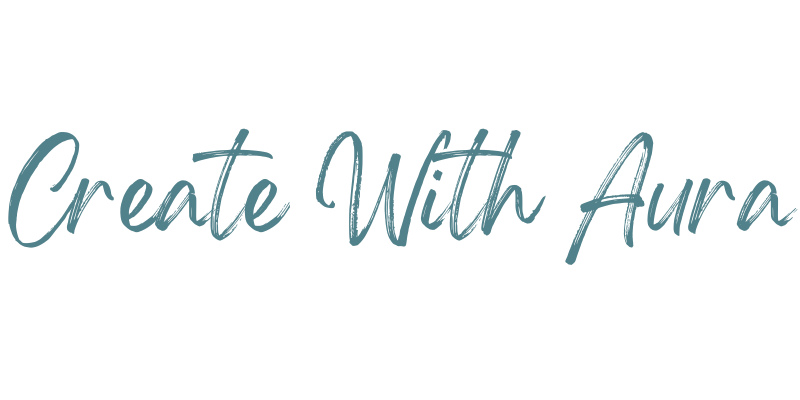I admit to being a perfectionist. I think many artists are.
I like to have a detailed, planned out sketch and my colors presorted and laid before me.
I hold my blank white sheet of paper or canvas with reverence as I make my first marks, making sure I don’t “sully” the sacred surface with a mistake.
Sure enough, 8 times out of 10(!) something happens to my painting that wasn’t intended, so I’m automatically a “screw up” and I’ve completely ruined my painting.
Or so I let myself believe.
I hastily try to do whatever I can to fix my mistake, and of course, 8 times out of 10 (again…) I’ve made the problem worse. In this state of mind, there is no such thing as a happy accident.
Because I’m not happy. Grrr!
The last time this happened, I had the realization that my art-making process had become stressful and not so much fun anymore. Total bummer!
I had become too preoccupied with making a perfect painting, and hurrying to cover up my “happy accidents” instead of learning from them or maybe even (gasp!) letting them become part of the visual story of my art.
How Did I Get Cured of Perfectionism?
Drum roll please….
…I didn’t.
I’m still a bit of a control-freak and “I just want it how I want it.”
But, I am trying some a new approach with some of my pieces–putting down paint without a sketch, and just going where my intuition takes me.
It’s scary but liberating at the same time. But mostly it’s scary.
This is how “Wings My Mother Gave Me” was created—never in a million years would I have thought to sketch this out, and yet I’m really pleased with what came out of my head, heart, and hand.
I also realized that unlike my preplanned paintings, which I could sometimes paint almost step-by-step, I had to be in a much more feeling kind of a place to make intuitive art like this piece.
How I Try to Let Go
For this piece, my focus was just to think about my mom and what she means to me, since I knew I was going to be sending her a painting for her 60th birthday.
I focused on memories we shared together and everything she gave of herself to help me become the person I am today.
I also thought of certain imagery she loves–flowers, birds and butterflies.
Finally, I thought of some color combos I might enjoy using. Originally, it was going to be mostly turquoise and magenta, but as the process moved along it didn’t feel right. So, greens and purples dominate.
Maybe it’s because I haven’t had as much practice, but it took a little time for me to center myself enough to just get lost in the process.
I believe though that the more art I make this way, the more it will feel like second nature.
And you know what? It feels really good to be so in touch with your inner spirit in this way.
Now that I’m getting (a little) more comfortable with letting go of control, I think it will add more spontaneity to even my more “cerebral-created” pieces.
How You Can Get Started with this Process
One helpful way to begin if you’re uncomfortable with intuitive painting is to start with just two things in your mind as you approach your canvas or paper: imagery that you love, and colors that you want to play with.
I suggest using acrylic paint, since you can layer it over and over again quickly.
You can paint the image as you would have when you were a child, or you can even try painting it upside down. The important thing is to get far enough through it before you make any judgements about where it needs to be changed.
It’s easy to become judgmental yourself while creating, but somehow when you enter the “sweet spot” of intuitive art making, the critic becomes silenced.
As children, we just drew whatever we felt like and went to town with our crayons, glitter, finger paints, and collage. We loved the process, and we were fantastically proud of the artwork we created when we were finished!
If you practice embracing just a little bit of chaos sometimes, letting your heart and spirit get a toehold in your artwork, you could quite possibly create something brilliant.
Bring on the happy accidents!



A very beautiful and heartfelt artwork Aura. Your mom should be touched by it. Thank you for your thoughts on perfectionism. Although I don’t think I am a perfectionist, others in my family are and I have been thinking about how having this type of personality plays out when approaching art.
http://wildbirdatheart.blogspot.com.au/
Thank you for your comment Lynne. I think that even having an awareness of one’s own pitfalls can help you navigate around them. It looks like you are skilled at creating in the moment–your art journal is just lovely!